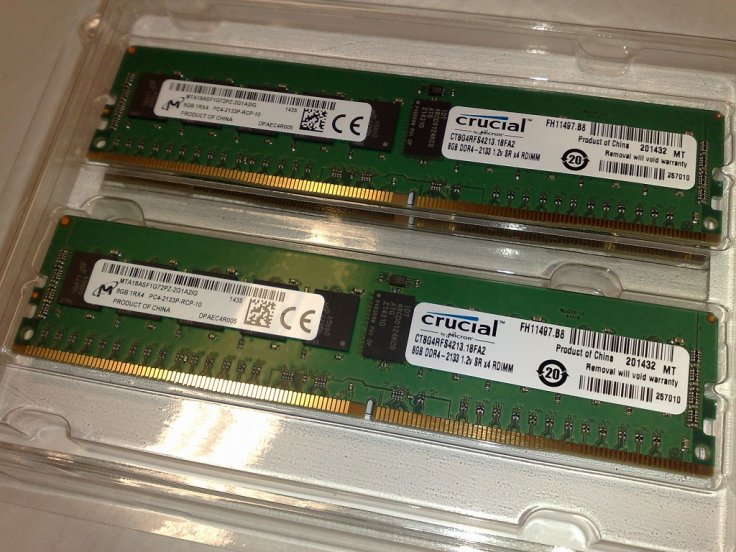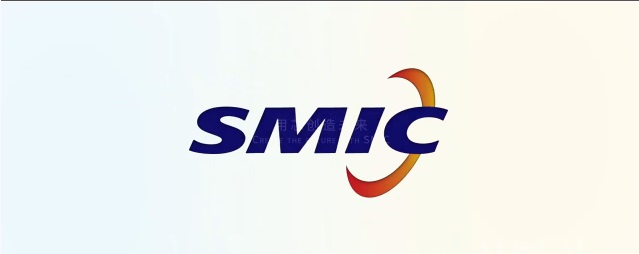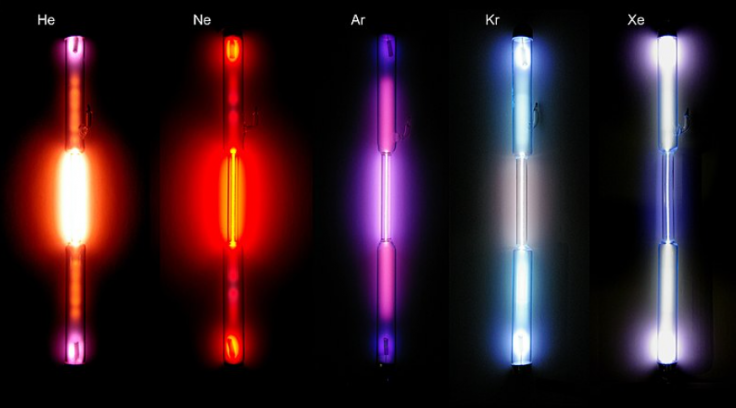The US has said the curbs on chip exports to Russia, which was enforced by the allies in the aftermath of the Ukraine war, have yielded huge impact. According to US Commerce Secretary Gina Raimondo, global semiconductor exports to Russia have plunged a whopping 90 percent.
The shortage of chips will cripple the US airline industry massively in the years to come, the top US official added. "Russia may be forced to ground between half and two-thirds of its commercial aircraft in the next four years in order to cannibalize them for spare parts," she said, according to Reuters.

The world has been witnessing a severe shortage of semiconductors after the outbreak of the coronavirus pandemic. The automobile industry was hit hard as semiconductors are a crucial component of modern cars. Microchips are also widely used in the production of smartphones, computers and televisions. The paucity of the critical component has worsened since the start of Russia's war against Ukraine.
Raimondo Threatens SMIC 'Shutdown'
Raimondo also threatened to cut off the semiconductor lifeline for Russia. The only country that supplies chips to Russia is China, but the US official said the country is capable of shutting down top Chinese chipmaker SMIC if it continues supplying semiconductors to Russia.

"What if SMIC or other Chinese-based semiconductor companies are found supplying chips to Russia?" We will shut them down and we can, because almost every chip in the world and in China is made using U.S. equipment and software and I intend to make good on that commitment if it's necessary," she said, according to the report.
Meanwhile, reports said earlier this month that Russia has imposed certain restrictions on the exports of gasses that are key in semiconductor production, in retaliation against the western sanctions on technology exports to the country.
Dependence on Crucial Russian Commodities
Russia accounts for more than 30 percent of the supply of neon gas, which is one of the 'noble' or inert gasses that are key to the manufacture of semiconductor chips. Other gasses crucial in the process are argon, fluorine and xenon. Neon, critical for the lasers used to make chips, is a byproduct of Russian steel manufacturing.
The supply of neon and xenon gasses had already come under strain after Ukraine stopped production following the outbreak of the war. Ukraine, which boasts of large manufacturers like Ingas and Cryoin, supplies nearly 50 percent of neon gas needed for the world. China and Japan also have significant production capacity but their output is largely used up in domestic manufacturing.

Another report in February had cited the White House highlighting the need for the US semiconductor industry to diversify in light of the dependence on Russia.
Techcet, a market research group, published a report on Feb. 1 highlighting the reliance of many semiconductor manufacturers on Russian and Ukrainian-sourced materials like neon, palladium and others.
According to Techcet estimates, over 90% of U.S. semiconductor-grade neon supplies come from Ukraine, while 35% of U.S. palladium is sourced from Russia.









